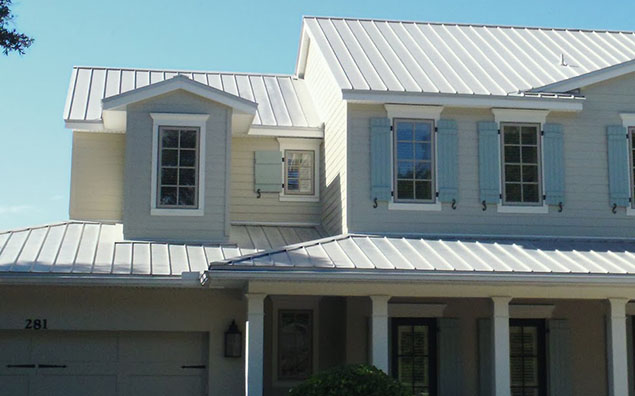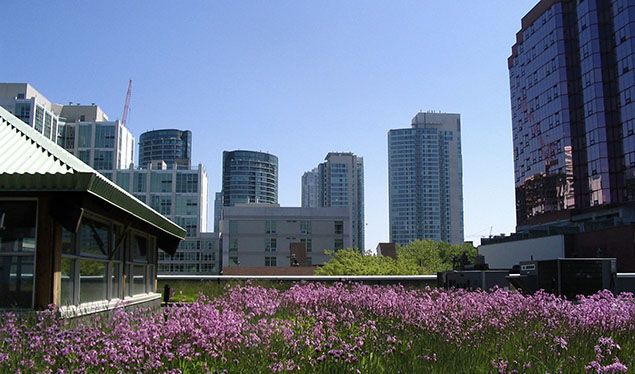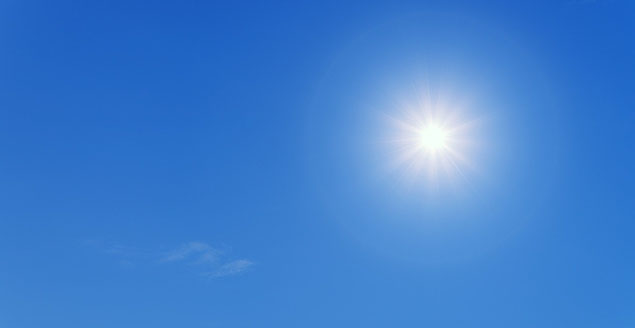3 Roofing Trends in 2022
Durability, efficiency, and sustainability are guiding the latest trends in residential roofing. Learn more about the latest 2022 roofing trends.
The roof is one of the most important parts of your house. It can also be a distinctive part of your home’s style. The fundamental structure of residential roofs doesn’t change much, but design trends do appear now and then. The good news about trends in roofing design is that, much like a professionally-installed roof, they tend to last for a while.
If you’re thinking about replacing the roof on your house, and you want to explore some of the latest styles, chances are you won’t have to worry about your roof going out of style by next season. Read on to learn about some interesting trends in modern roofing design in 2022.
1. Metal roofing
Metal roofing is not new, but its popularity does come and go. We are in a “popular” period for metal roofing right now, and this could continue for at least a few more years. They offer a striking look in a wide range of styles.

Photo by Doug Oliver Development from Flickr [Creative Commons]
Perhaps the biggest advantage of a metal roof is its durability. Common materials include steel, aluminum, copper, tin, and zinc. With proper maintenance, a metal roof can last decades. Some copper roofs have lasted for hundreds of years. The copper roof on St. Mary’s Cathedral in Hildesheim, Germany lasted nearly 700 years old until it was destroyed in World War II.
One of the main drawbacks of metal roofing is its cost. Metal roofs tend to be one of the most expensive types of roofs. That said, their durability can make repairs less necessary, so while you’ll spend more upfront, you might end up spending less in the long run.
2. Cool roofing
Energy efficiency is in style these days, and a “cool roof” can help you save on your power bill. The term “cool” is not a description of the roof’s style — i.e. “Hey, cool roof.” It describes its function. Cool roofs reflect more sunlight than other roofs, which can reduce the temperature of your home on sunny days. The same principle is at work when you wear light-colored clothing during the summer. Darker colors absorb more light from the sun, which generates more heat.
Texas seems like an ideal place for a cool roof. The main advantage — the reduction of heat absorbed by the roof — seems ideal for Texas’ hot climate. One of the main disadvantages is that the roof continues to reflect heat away in the winter. While Texas has some very cold days, our winters tend to be pretty mild compared to further north. The loss of heat from the sun might not be as big a problem as in, say, Minnesota.
A cool roof does not necessarily require you to purchase additional materials. You may be able to create a cool roof from light-colored conventional materials. Wood shingles, for example, typically come in light colors. For other materials, such as asphalt shingles, coatings are available that can reflect more sunlight.
3. Green roofing
If you want to go further and create a roof that is not only energy-efficient but also eco-friendly, you might consider a “green” roof. The definition of a green roof can vary rather widely. It might involve using recycled or other eco-friendly materials, or it could involve planting a garden on your roof to help keep your home cool. But it doesn’t necessarily mean it’s green in color!

Photo by sookie from Flickr [Creative Commons]
On the “sustainable materials” side of green roofing, a roofing contractor can help you identify recycled materials or other environmentally-friendly roofing products they could use in your home. Wood shingles are arguably the most sustainable roofing material since wood is a renewable resource. Roofing materials like metal and slate use natural materials, but they are not as sustainable.
Learn about RoofCrafters’ dedication to energy efficiency.
A more literal green roof is a roof entirely or partially covered in vegetation, typically local grass, moss, or other small plants. This type of green roof works best with a flat surface, so they are more common in commercial or apartment buildings. Advantages include absorption of rainwater and additional insulation. Downsides include the need for a rubber membrane, which is not made from sustainable materials, to keep water from getting into the structure. They also require extra structural support to handle the additional weight of the plants and soil.
Cut energy costs
We help improve Central Texans’ energy efficiency by more than just re-roofing. Ventilation and new siding materials, paired with an energy efficient roof, helps save our customers between 10 and 40% in annual energy costs. We also offer specific environmentally-friendly materials and practices.
Contact us today to schedule your roof inspection!

